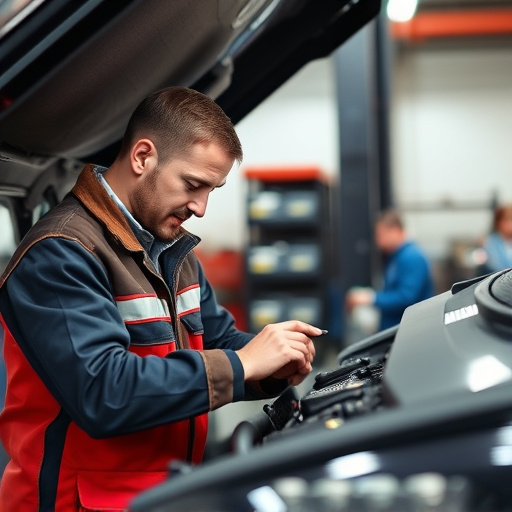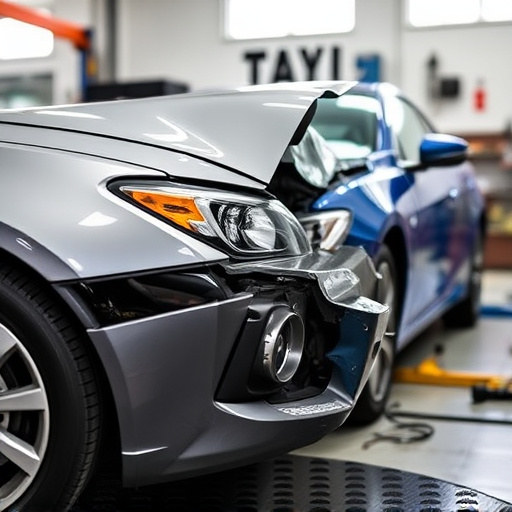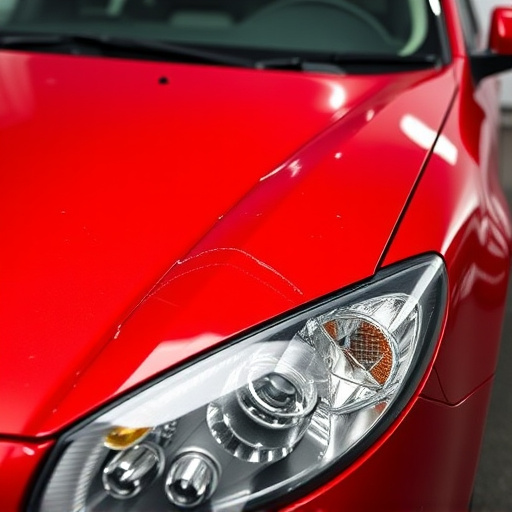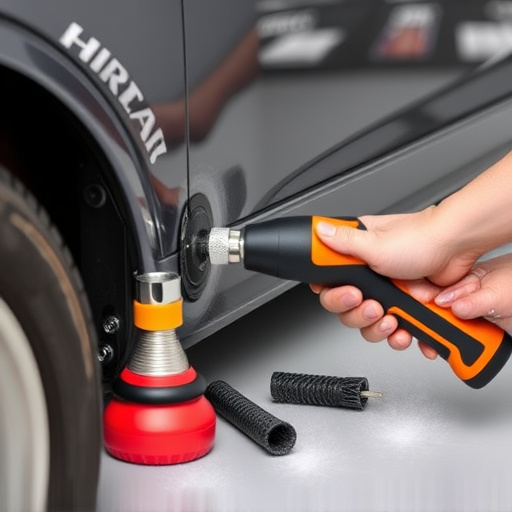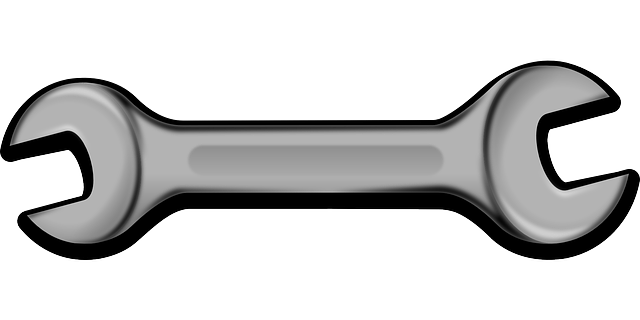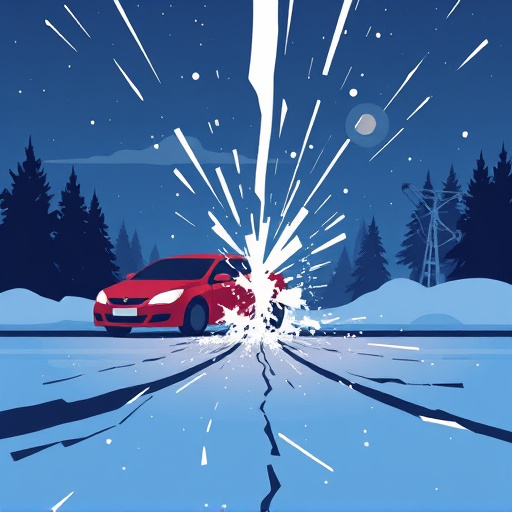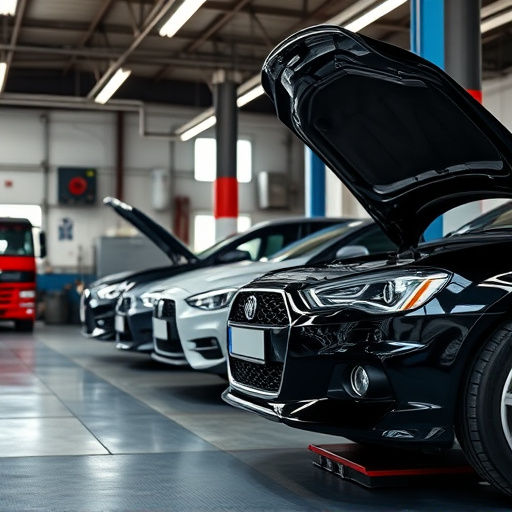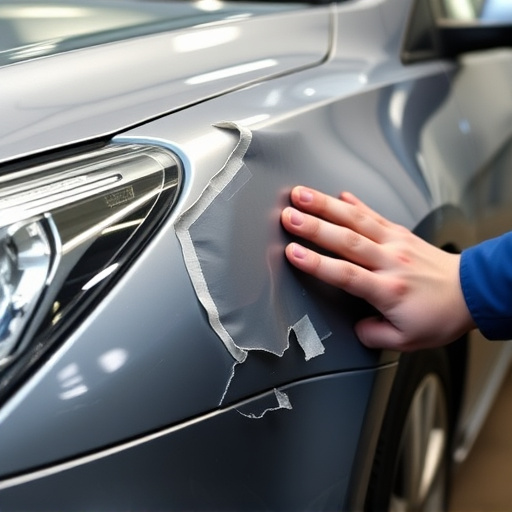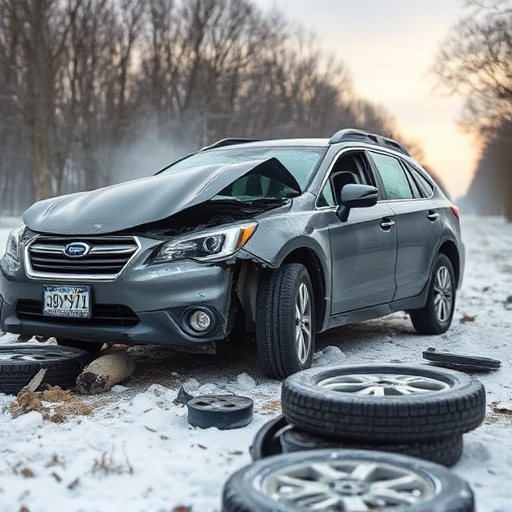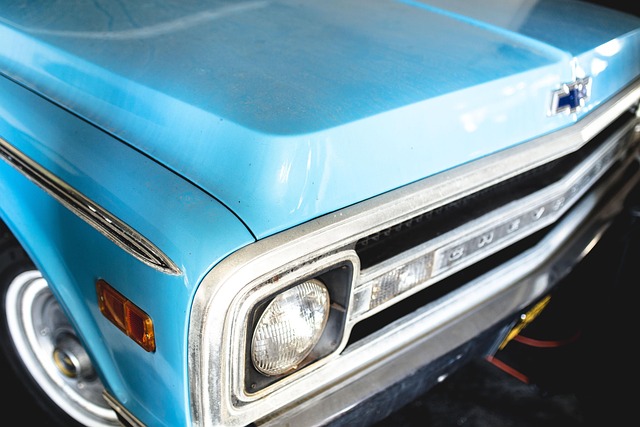Pre-restoration condition evaluation is vital for vehicle restoration services, documenting damage and setting benchmarks for success. Advanced tools like software and 3D scanning streamline assessments, enhancing accuracy in damage reports. Robust quality control ensures superior quality, especially for classic car restoration, preserving historical integrity and aesthetic beauty.
In the realm of vehicle restoration services, meticulous assessments are key to ensuring top-notch results. This article explores mobile assessments as a game-changer in the industry. We delve into effective strategies for accurately evaluating the pre-restoration condition of vehicles, leveraging digital tools to streamline damage assessment processes. Additionally, we highlight crucial post-restoration quality control measures, vital for maintaining high standards and client satisfaction within the dynamic landscape of vehicle restoration services.
- Evaluating Pre-Restoration Condition Accurately
- Digital Tools for Efficient Damage Assessment
- Post-Restoration Quality Control Measures
Evaluating Pre-Restoration Condition Accurately
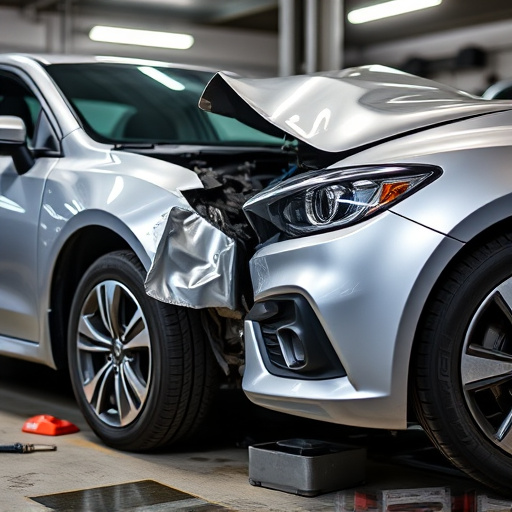
Accurately evaluating the pre-restoration condition of a vehicle is a critical step in any vehicle restoration services project. It involves a meticulous inspection to identify and document existing damage, including scratches, dents, cracks, and other cosmetic issues. This process ensures that every detail is captured, providing a clear baseline for measuring the effectiveness of subsequent restoration efforts.
For collision repair centers offering auto glass repair and car repair services as part of their vehicle restoration portfolio, precise pre-restoration assessments are paramount. These evaluations not only help in estimating costs but also ensure that repairs are tailored to meet specific customer needs. By thoroughly documenting the initial state, restoration teams can strive for a perfect metamorphosis, transforming damaged vehicles into like-new ones.
Digital Tools for Efficient Damage Assessment
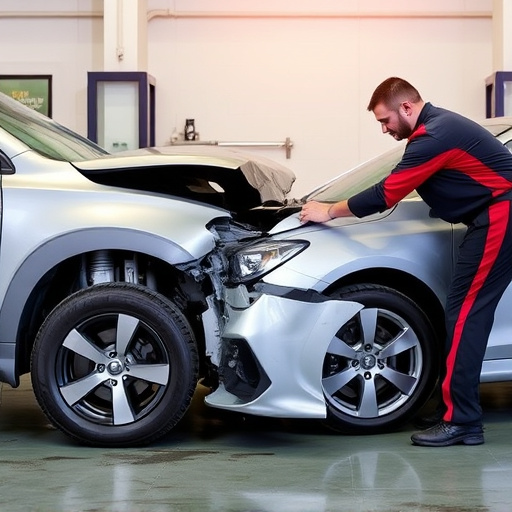
In today’s digital era, vehicle restoration services have embraced innovative solutions for efficient damage assessment using advanced tools. These digital tools play a pivotal role in streamlining the initial evaluation process, enabling professionals to accurately inspect and document vehicle damage swiftly. One such game-changer is the implementation of specialized software designed to capture detailed images and measurements, facilitating precise estimates for various repairs, including dent removal and frame straightening.
By utilizing these cutting-edge technologies, restoration specialists can enhance their workflow significantly. For instance, 3D scanning technology offers a comprehensive view of the vehicle’s exterior, helping to identify intricate dents or scratches that might go unnoticed during manual inspections. Additionally, digital color matching algorithms ensure accurate assessments for auto painting jobs, ensuring a seamless finish when restoring the vehicle to its original state. These tools not only save time but also contribute to higher accuracy in damage reports, ultimately leading to better customer satisfaction and efficient project management for vehicle restoration services.
Post-Restoration Quality Control Measures
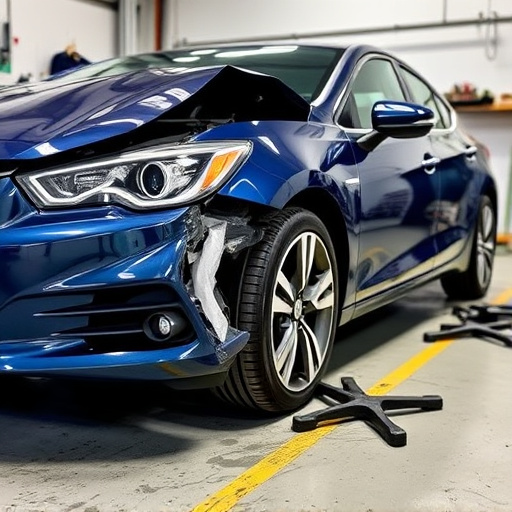
After a meticulous restoration process, implementing robust quality control measures is paramount to ensure the superior quality and accuracy of vehicle restoration services. These post-restoration checks serve as a crucial step in upholding the high standards set by both restorers and clients alike. Through comprehensive inspections, every detail, from paint accuracy to panel alignment, is meticulously evaluated against pre-established benchmarks and industry best practices.
For instance, in the case of luxury vehicle brands like Mercedes Benz repair, meticulous attention is given to every curve and crease, ensuring a flawless finish comparable to the original manufacturing standards. Similarly, when dealing with classic car restoration, these checks are vital to preserving the historical integrity and aesthetic beauty of vintage vehicles while also confirming that all repairs, including autobody repairs, are discreetly integrated into the overall design.
Mobile assessments have transformed the way vehicle restoration services are executed, offering precision and efficiency through digital tools. By accurately evaluating pre-restoration conditions, implementing streamlined damage assessment processes, and establishing robust post-restoration quality control measures, restorers can ensure top-notch results and customer satisfaction. Embracing these modern practices is key to standing out in the competitive vehicle restoration industry.
